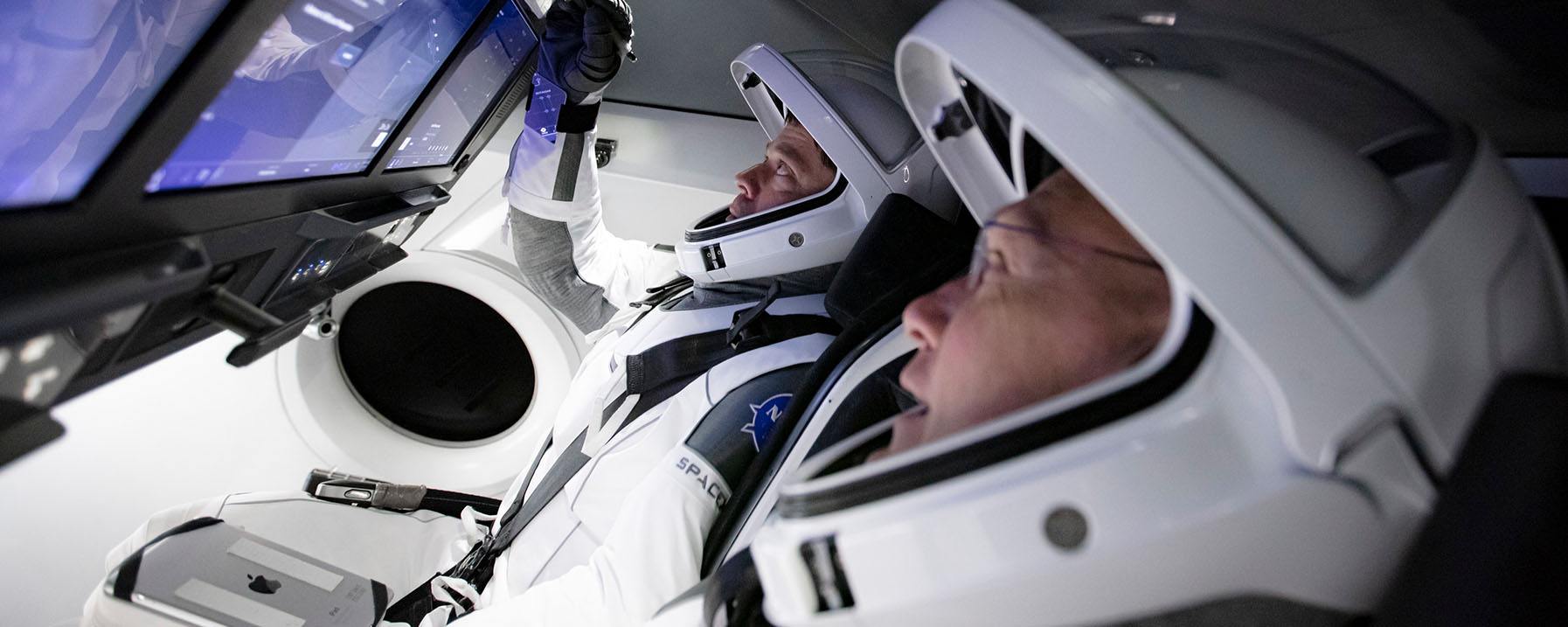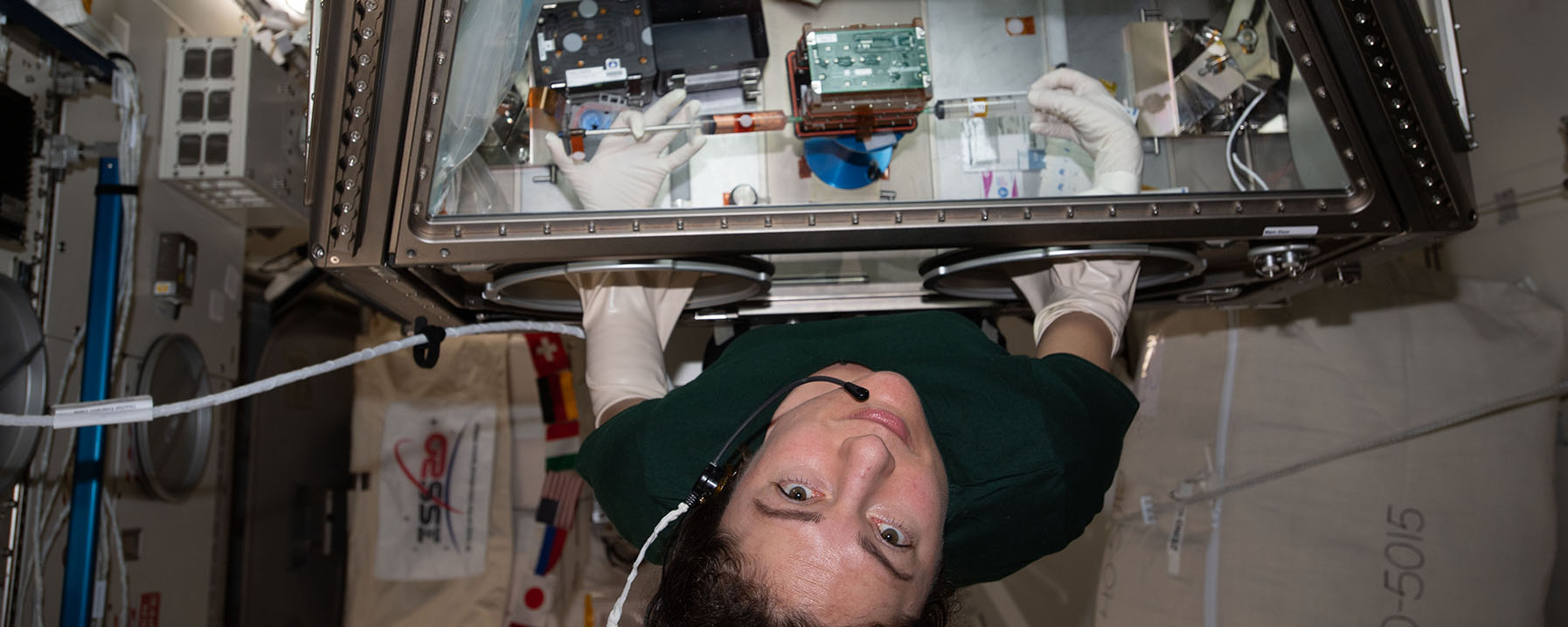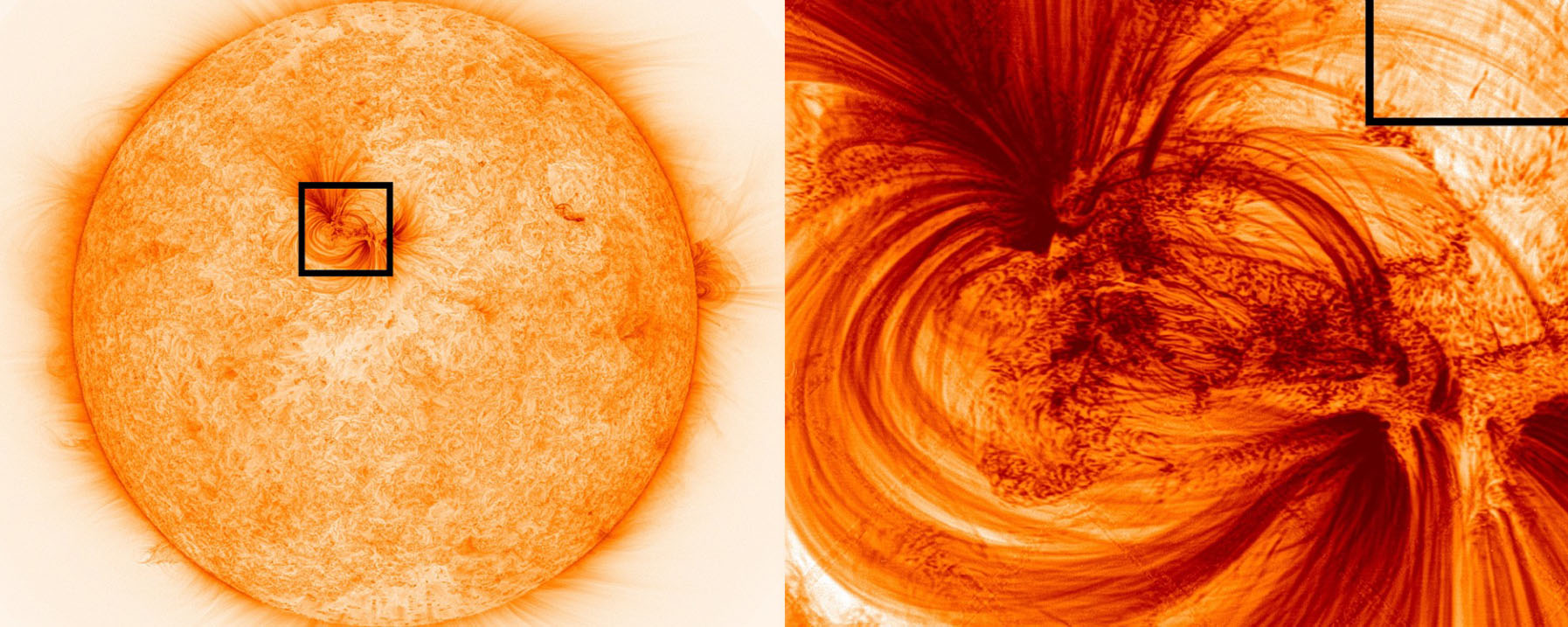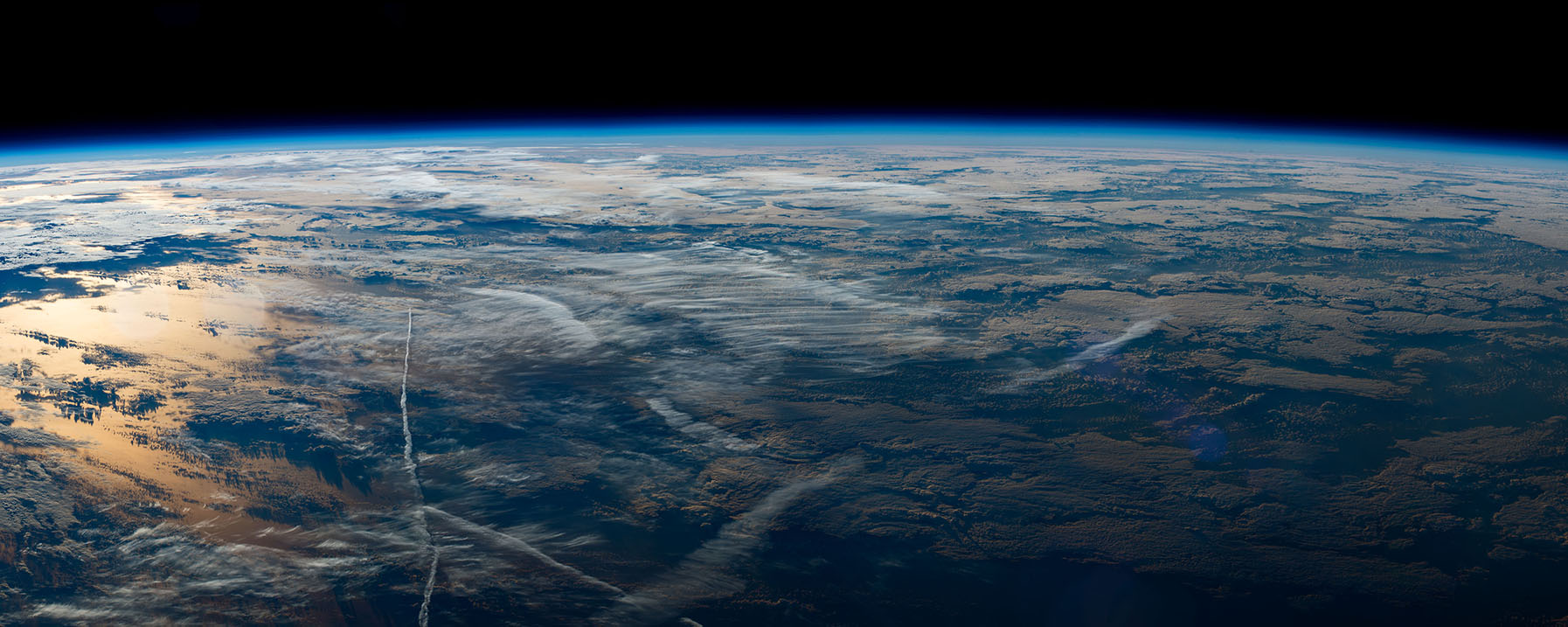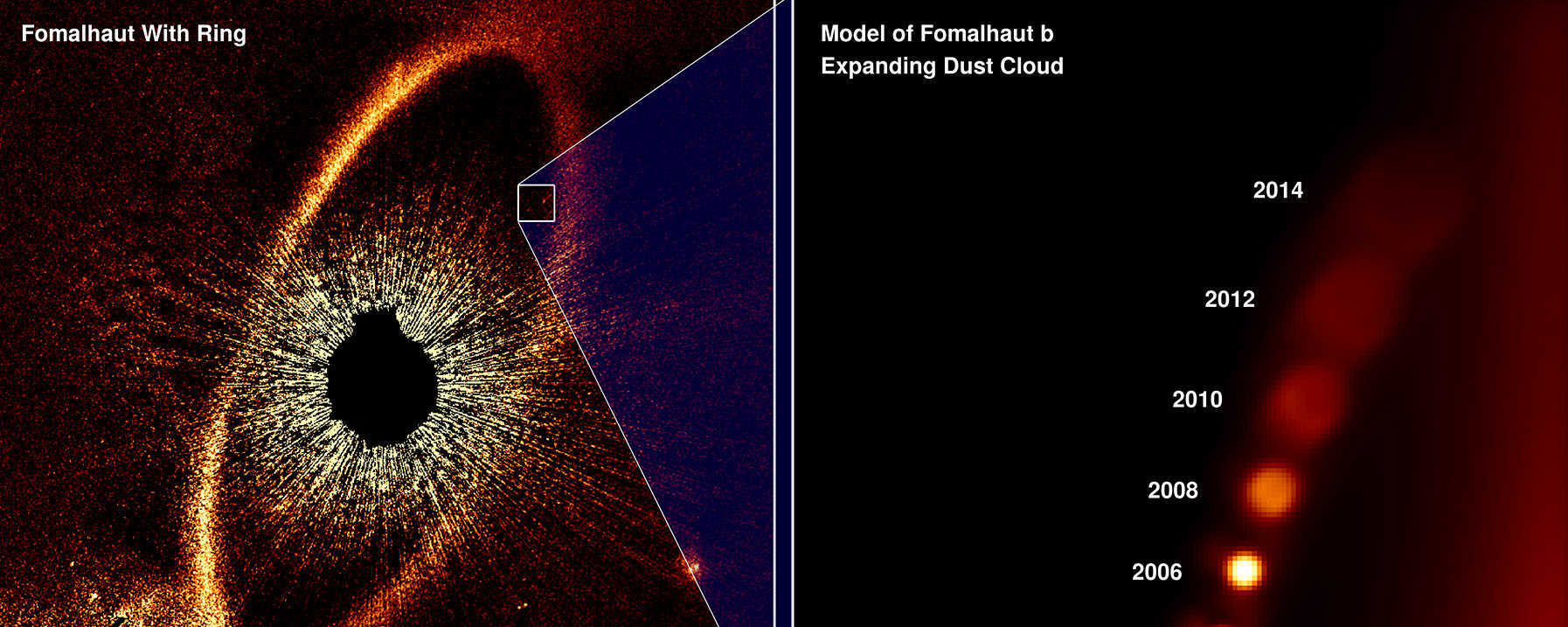May 27, 2020: The Return of American Spaceflight
A new era of human spaceflight is set to begin as American astronauts once again launch on an American rocket from American soil to the International Space Station as part of NASA’s Commercial Crew Program. NASA astronauts Robert Behnken and Douglas Hurley will fly on SpaceX’s Crew Dragon spacecraft, lifting off on a Falcon 9 rocket May 27, for an extended stay at the space station. The Commercial Crew Program Launch Vehicle Office at NASA’s Marshall Space Flight Center in Huntsville, Alabama, helped certify the Falcon 9 for human spaceflight.
Space Station Science Payload Operations Continue Amid Pandemic
The Payload Operations Integration Center at Marshall is the heartbeat of International Space Station science research operations. On March 29, as Marshall responded to the coronavirus pandemic and began transitioning operations to Stage 4 in the NASA response framework, the real-time links between the space station crew and scientists around the world continued to enable ongoing research on the station.
Rocket-Borne Telescope Detects Super-Fine Strands on the Sun
New images from NASA’s High-Resolution Coronal Imager mission provided the highest-resolution views ever captured of the Sun’s outer atmosphere, or corona, revealing fine strands of million-degree solar material. Principal investigator Amy Winebarger of Marshall leads the Hi-C mission.
Nine Reasons We’re Grateful to Live on Earth
Earth can sometimes feel like the last place you’d want to be. Indeed, a number of explorers have devised inventive ways to move civilization off the planet. It’s no surprise: The promise of a better life in the mysterious beyond can be seductive. But as more is learned about “out there,” the more we realize how special it is here.
Exoplanet Apparently Disappears in Latest Hubble Observations
Now you see it, now you don’t. What astronomers thought was a planet beyond our solar system has now seemingly vanished from sight. The object, called Fomalhaut b, was clearly visible in several years of observations by NASA’s Hubble Space Telescope. Marshall was responsible for the overall design, development and construction of Hubble.
For more information or to learn about other happenings at NASA’s Marshall Space Flight Center, visit NASA Marshall. For past issues of the ICYMI newsletter, click here.

























